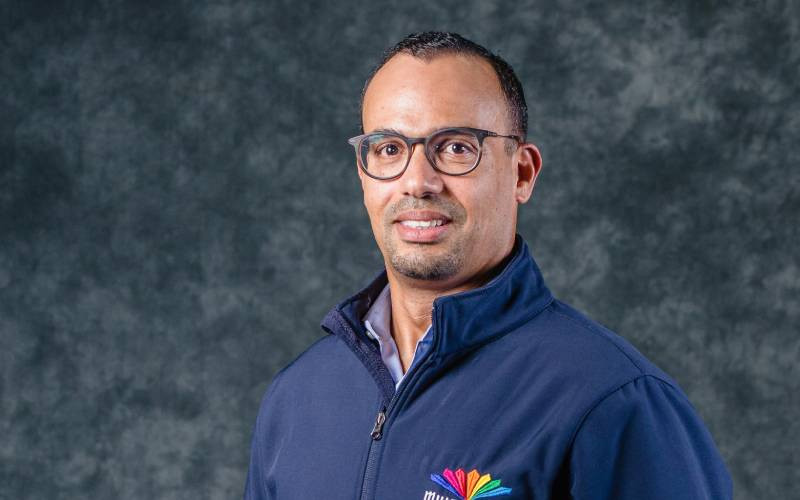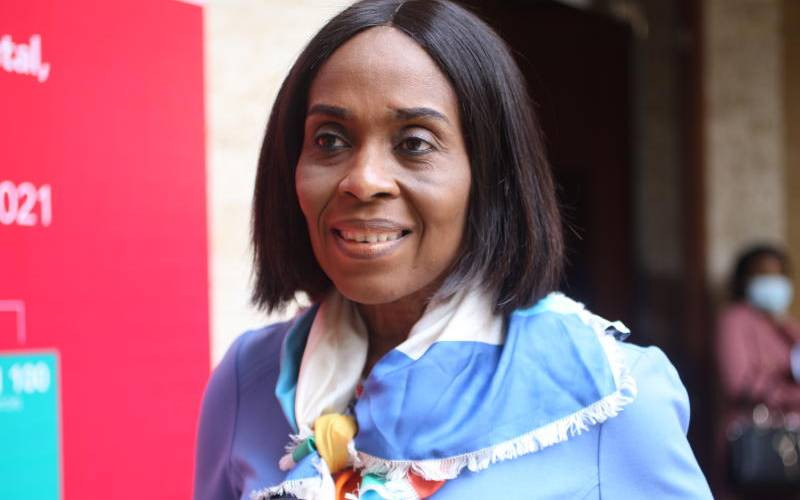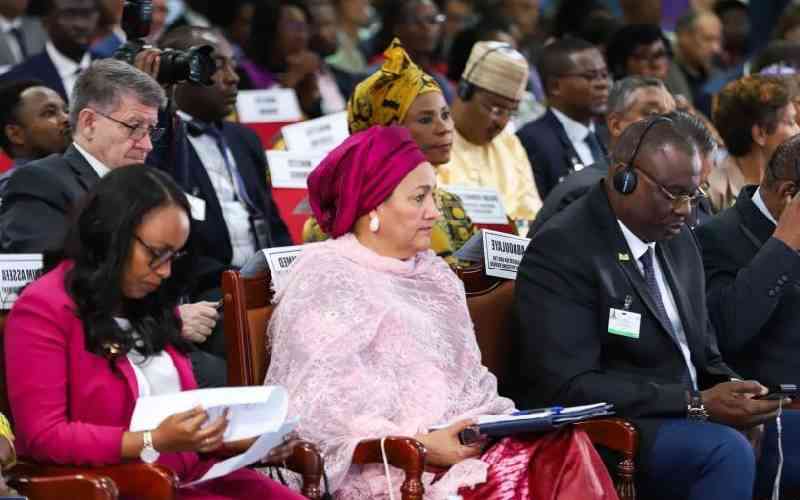By Frankline Sunday
A Google search for the film Nairobi Half Life will give you no less than 3 million results and about a dozen other related search suggestions.
These include a Wikipedia page, a YouTube trailer with over 113,000 views and almost two dozen mentions in several print, broadcast and digital media platforms from Kenya and across the world.
Some critics term the film as “the best thing that ever happened to the Kenyan film industry” and others as “the most successful Kenyan film ever”.
Nairobi Half Life is directed by David ‘Tosh’ Gitonga and has a talented young cast line-up including Joseph Wairimu, Olwenya Maina, and Nancy Wanjiku Karanja among others.
The film has been screened in theatres all over the world and received several award nominations and wins since it made its premiere in the showbiz world a year ago.
Such great success on the international stage by a Kenyan film was inconceivable 50 years ago as a new director general took office in State broadcaster Kenya Broadcasting Corporation (KBC) promising to revamp local television programing in the country.
Out of debt
On this day in 1963, Mr George Middleton Cahan, an American and former executive of America’s National Broadcasting Corporation reported for duty at the KBC studios.
Mr Cahan was taking over from Mr Patrick Jubb and was enthusiastic about his new role which he promised to execute for the utmost benefit of the local television industry.
He is reported to have stated that he plans to make the station more Kenyan and African-inspired by increasing the amount of programming content in the station.
He further promised to waste no time in turning around the financial fortunes of this broadcaster and expressed confidence in possible funding being derived from America to aid transmission of Kenyan content.
“I have to look into the financial side and hope to keep the station out of debt,” he said, further adding that there would be scope to develop both spot advertising and sponsored programs for KBC.
Today, Kenya’s TV and film industry boasts of a history of marked developments in diversity, ownership, technology and freedom of expression compared to pre-Independence times.
Local programming content has evolved over time and the number of content providers has changed significantly in the last fifty years.
Stay informed. Subscribe to our newsletter
Wealth creation
Today, making television programs and films based on Kenyan experiences and lives has become a thriving multi-billion shilling business with both the Government and private sector having a stake in the business.
The number of television channels, entertainment providers and production houses has increased exponentially as the accessibility to a variety of broadcasting and production equipment becomes higher.
The adoption of the Internet has also seen content developers take to the medium to market and as well as distribute their product.
Independent film-makers have especially found the Internet a great tool when local and regional television channels have been reluctant to air or distribute their product.
Despite the success over the years however, some challenges still lie in the way of maximising on the potential for wealth and employment creation that is in this industry.
Kenyan viewers have been criticised for not supporting local programmes and films and instead being more inclined towards imports from US and Nigerian markets.
The lack of support from local audiences has made it difficult for local content developers to break even and build on their business.
Others have been forced to ape styles, themes and storylines from foreign film markets leading to more audience apathy.
It is also difficult for producers and directors in the country to get funding for their often expressive projects as most financiers in the country shy away from putting money in art related industries.
The much-awaited migration from analogue to digital broadcasting signals has further presented the country with new challenges of producing enough quality content to serve the anticipated demand from local channels.
Punitive fees
Film and television producers have also complained about the existing system of payment of levies and permits for shooting programs in some locations with some complaining that the fees are often punitive and a disincentive to potential film-makers.
Kenya has some of the best outdoor locations for shooting films and documentaries but most local producers find it difficult to take full advantage of such resources.
As the Kenyan film and television space continues to develop, the focus shifts to the Government and the private sector to work together to develop structures that will make it easier to invest in local programing and create jobs for the many unemployed film and performing arts professionals.
 The Standard Group Plc is a
multi-media organization with investments in media platforms spanning newspaper
print operations, television, radio broadcasting, digital and online services. The
Standard Group is recognized as a leading multi-media house in Kenya with a key
influence in matters of national and international interest.
The Standard Group Plc is a
multi-media organization with investments in media platforms spanning newspaper
print operations, television, radio broadcasting, digital and online services. The
Standard Group is recognized as a leading multi-media house in Kenya with a key
influence in matters of national and international interest.
 The Standard Group Plc is a
multi-media organization with investments in media platforms spanning newspaper
print operations, television, radio broadcasting, digital and online services. The
Standard Group is recognized as a leading multi-media house in Kenya with a key
influence in matters of national and international interest.
The Standard Group Plc is a
multi-media organization with investments in media platforms spanning newspaper
print operations, television, radio broadcasting, digital and online services. The
Standard Group is recognized as a leading multi-media house in Kenya with a key
influence in matters of national and international interest.







